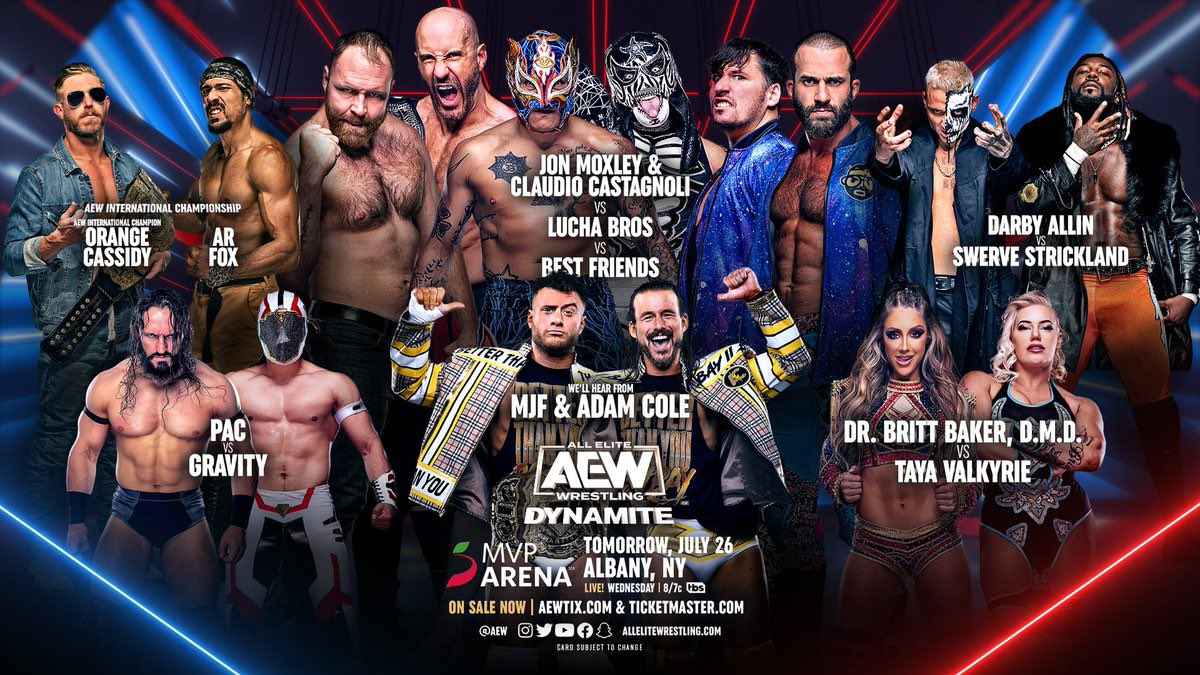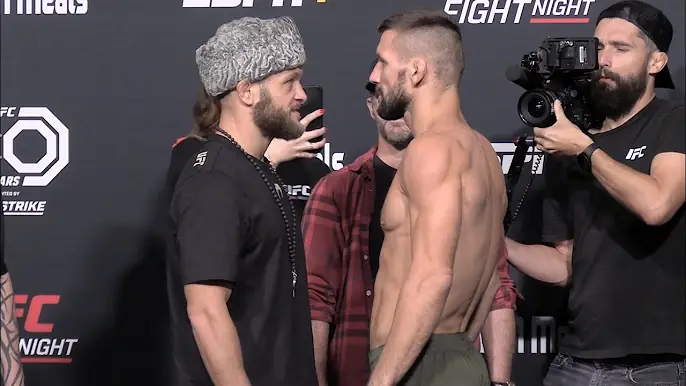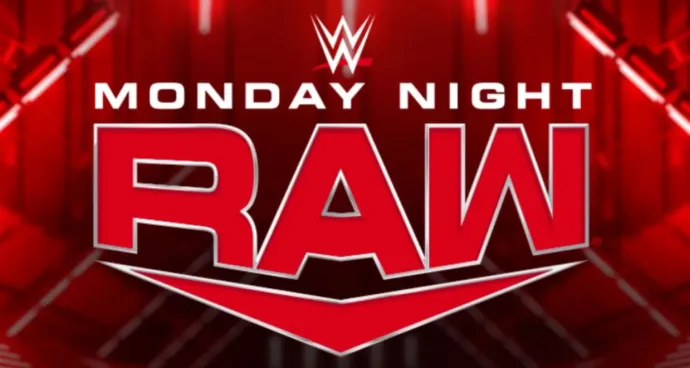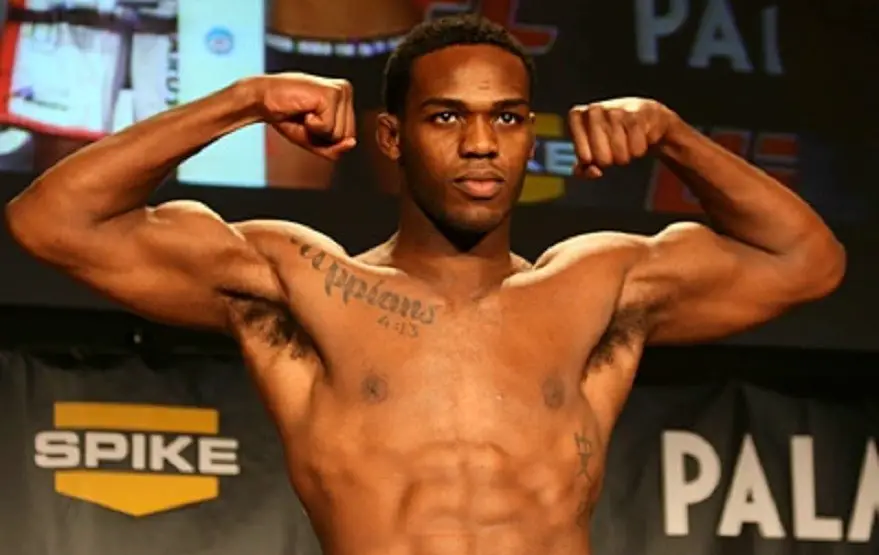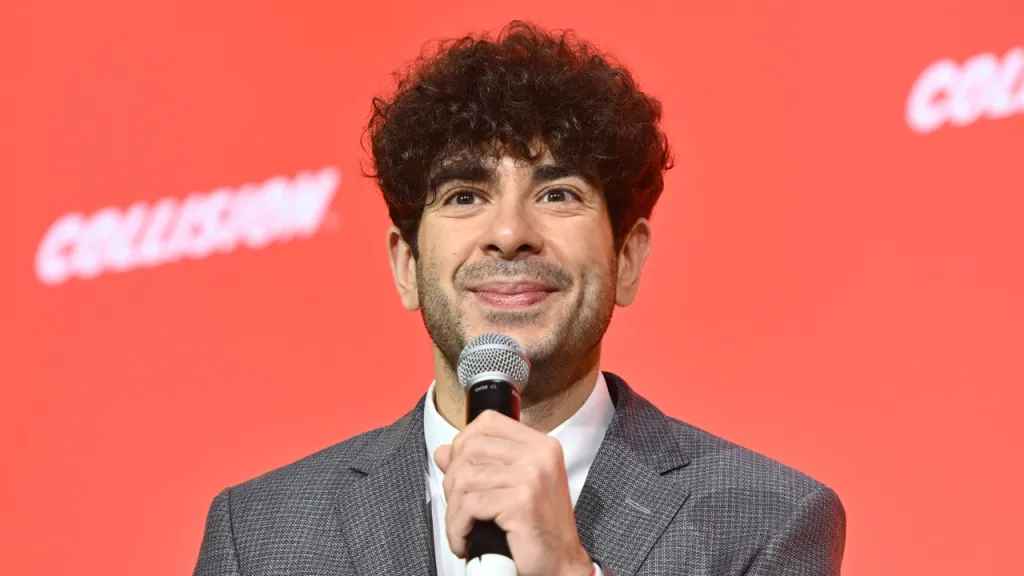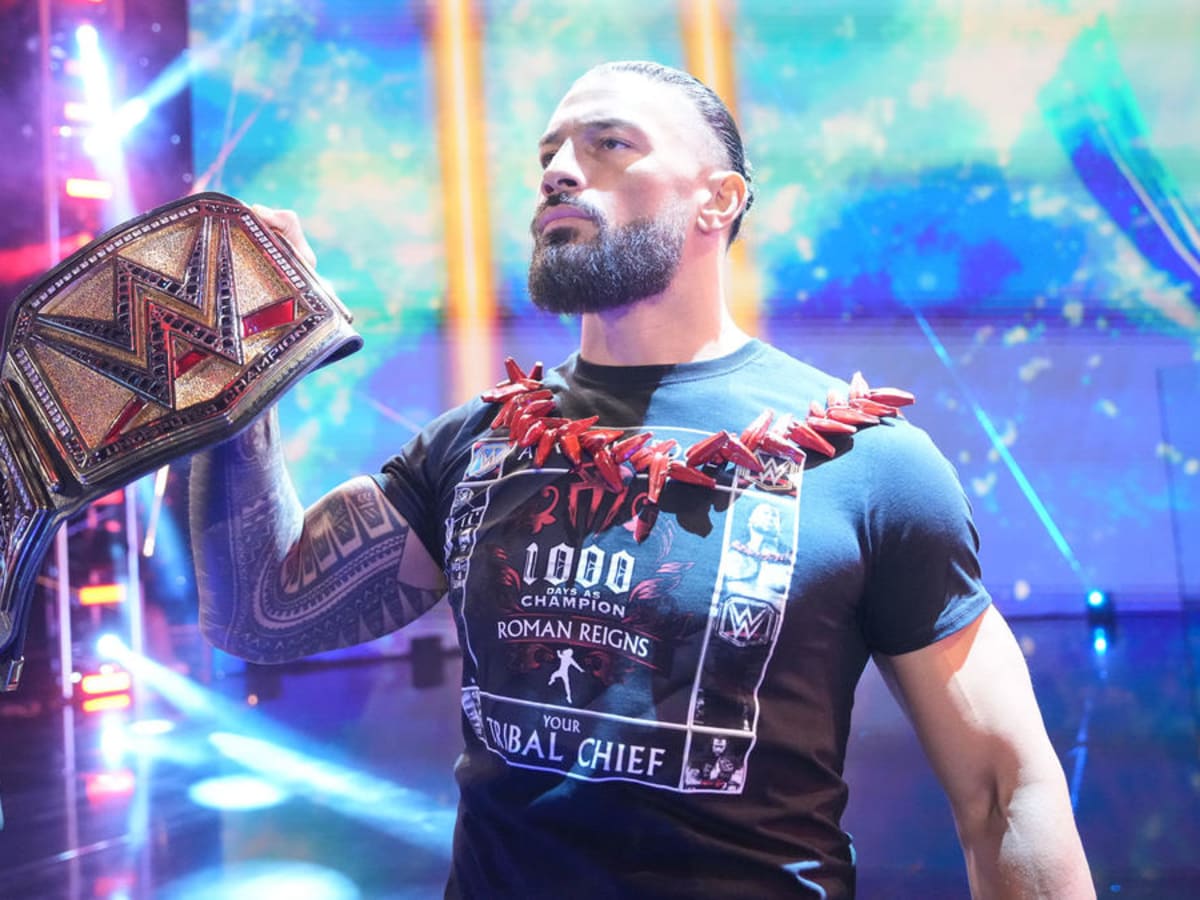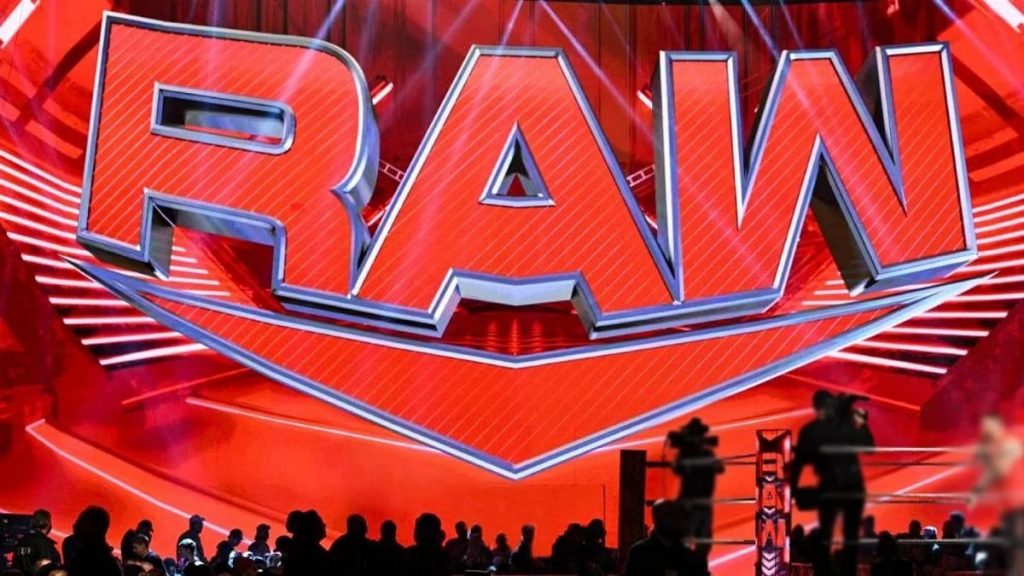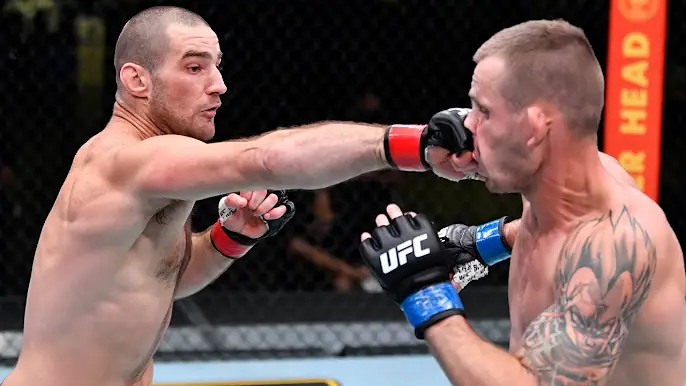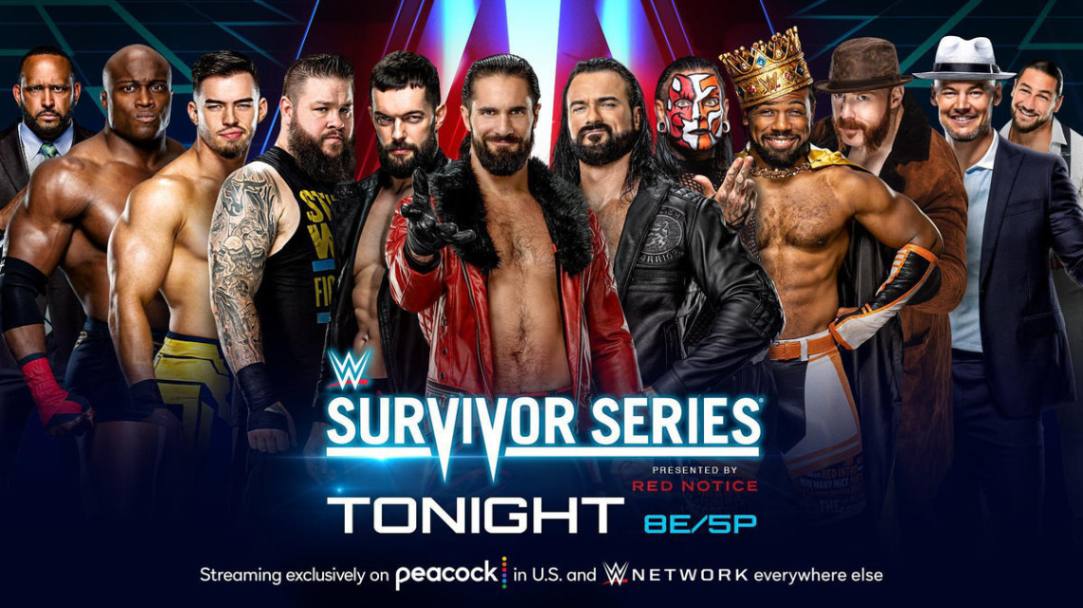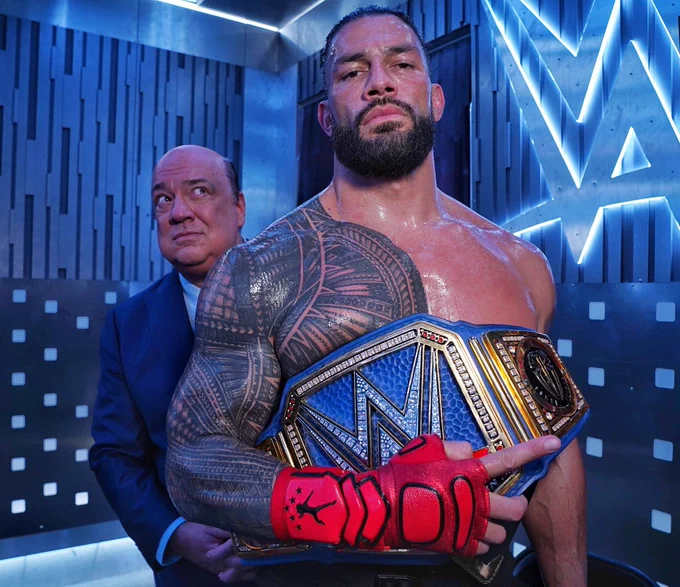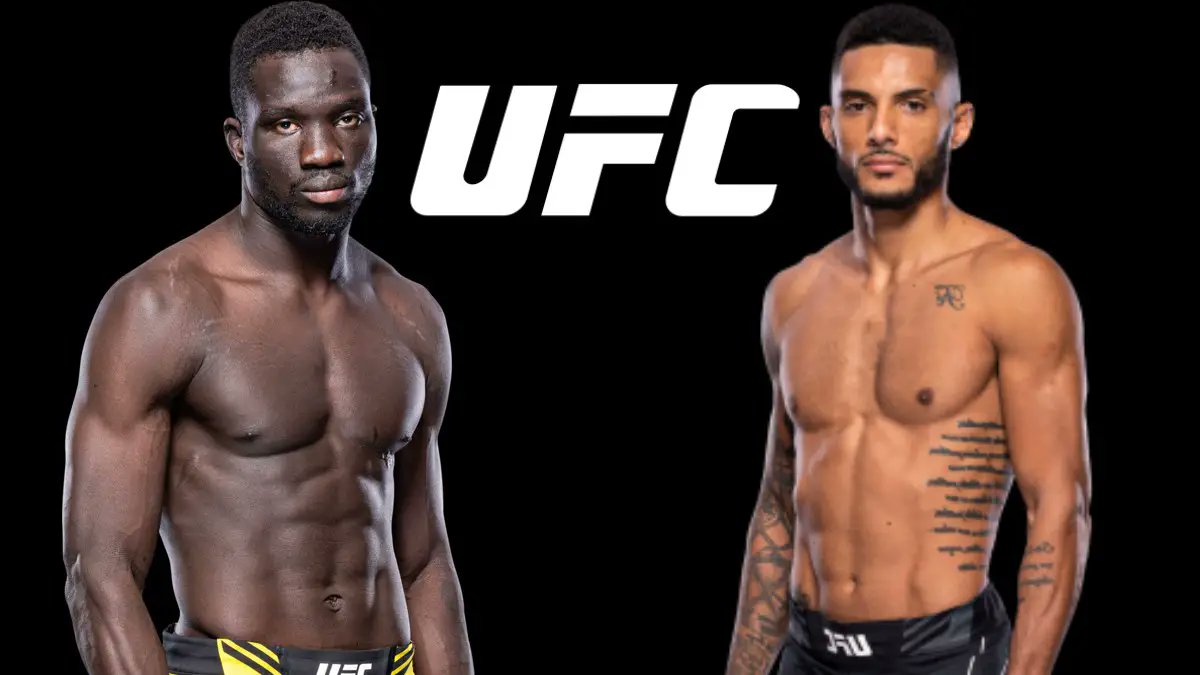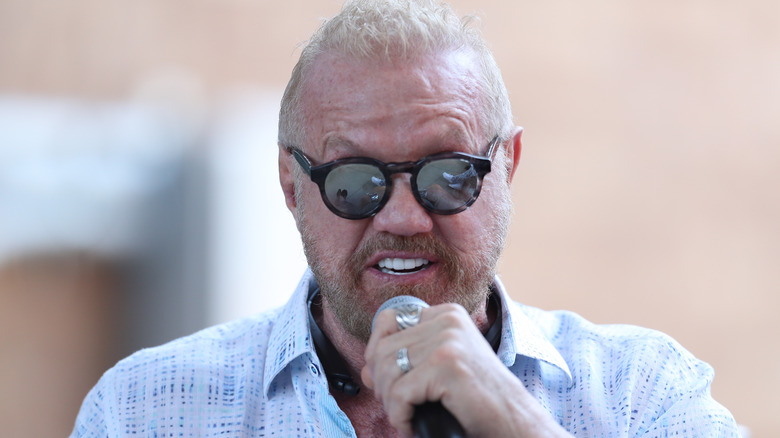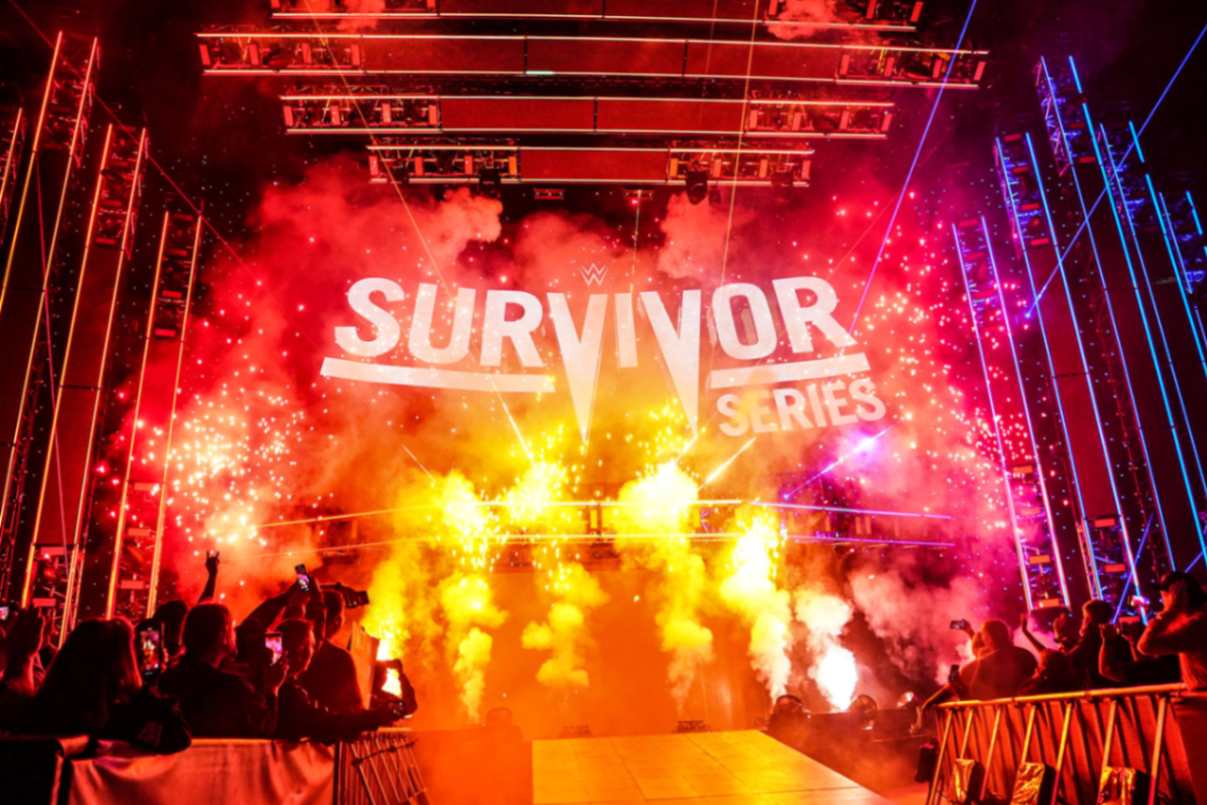The Evolution Of UFC
UFC emerged with all its glory in early 1993, and from the day it came into existence, it has evolved significantly. First believed to be a violent and chaotic event with no rules, the UFC is today considered a great sport with many lovers around the world. The transformation of women’s participation in sports has been the result of changes in rules, promotion, and development of elite athletes. This paper is aimed at helping to understand the way the Ultimate Fighting Championship has evolved from an anti-legalized bare-knuckle fighting promotion to one of the biggest sporting organizations in the world.
Early Days: Looking back to the tennis year of 1973 can be best described in unlimited United States television leader Abbot & Costello’s famous zoo sketch line that summed up the No-Holds-Barred Era aptly: “They’re all animals, aren’t they?”.
The UFC was founded in 1993 by Art Davie, Rorion Gracie, and Robert Meyrowitz as a fighting promotion company that started with a grappling challenge. The first-ever event was UFC 1, which was advertised as a competition and identified the most efficient martial art when applied in actual fights. Saturday’s event featured MMA practitioners and multiple disciplines, including Brazilian Jiu-Jitsu, boxing, wrestling, and kickboxing, along with minimal rules. The only things that were considered off limits were biting and striking a man in the face with the butt of the blade or the cross guard. This orientation was to portray a true and real-life aspect of martial arts fighting.
Early shows were labeled by the absence of the weight division, time limits, and no standard norms. This often meant that there were disparities and very savage confrontations, which drew interest and criticism. Haters frowned at the UFC and called it “human cockfighting,” while many critics, especially politicians like Senator John McCain, fought vehemently to ban the sport. This affected the UFC immensely, and many cable systems stopped carrying the events through the pay-per-view option. The organization was close to failure.
The Zuffa Era: The last strategic management tool is regulation, as well as legitimation.
In 2001, the Fertitta brothers and Dana White formed Zuffa LLC, which bought UFC and thus became the owners of the promotion. This particular acquisition was the turning point for the UFC. The new owners had seen it necessary to call for regulation of the sport to be made as well as to accord it some legitimacy. They brought into the ring a set of rules and other safety measures that significantly changed the outlook of the UFC and turned the competition into a befitting one.
Weight classes and rounds became crucial to the competition format, as well as the adoption of rules derived from the Unified Rules of Mixed Martial Arts (MMA). These changes did effectively respond to many of the safety issues and did entail the intention of creating a fairer environment. The addition of gloves, better medical examinations, and banning specific risky moves additionally increased the protection of fighters on the ring. The UFC also started developing relations with the state athletic commissions in order to gain regulatory authority.
The Ultimate Fighter: One of the key driving forces in changing the perceptions of the untrained populace toward today’s UFC was the introduction of the reality television show The Ultimate Fighter TUF in 2005. This show involved participants who are coming from all over the world and training to be fighters in the house, and only one will get the UFC contract, which thrilled many. It raised the curtain regarding the daily strife of fighters and brought the fighting sport closer to life and people.
The final episode of the first American edition of TUF was an event that paired Forrest Griffin and Stephan Bonnar together; that event is now remembered as one of the most significant in the history of the UFC. With the tension in the successful match of the night and an excellent example of MMA talent and passion, all the viewers were glued to their seats. The success of TUF enabled the UFC to finally get a foot in the door on mainstream television and bring in a new crop of fans.
Expansion and Global Reach
TUF and the subsequent growth it brought to the organization began the steady, fast growth of the UFC. Management endeavored to build within the organization the world’s talent; this resulted in a higher degree of competition and the capability of matches. More well-known fighters, such as Chuck Liddell, Randy Couture, Tito Ortiz, and Anderson Silva, brought the sport to new heights of popularity.
The UFC also commenced a massive strategic plan of expansion, and its events have been hosted in different parts of the world to sell to those markets. The purchase of PRIDE Fighting Championships, which is the number one MMA organization from Japan, in 2007, helped a lot in the global consolidation of the sport. The UFC also kept on signing more talented fighters from all over the world and all levels of backgrounds, thus adding more flavor to this sport.
The Conor McGregor Era: The Reason and Relevance of Star Power and Mainstream Appeal.
Among the most significant personalities instrumental in the breakthrough of the UFC as a global phenomenon, it is possible to name Conor McGregor. Perhaps the most widely known and loved fighter of all time, this Irishman was not only a phenomenal fighter, but he oozed charm and boasted great marketing skills. McGregor did a great job in creating awareness and getting interest from the public, which culminated in high pay-per-view sales and media coverage.
The multiple fights with prominent opponents such as José Aldo, Nate Diaz, or Khabib Nurmagomedov turned into spectacles that attracted fans with little to no knowledge of the MMA and celebrities. He subjected himself to boxing to face Floyd Mayweather in 2017 to prove that MMA athletes can also do well across different disciplines. McGregor’s success proved that the UFC needed its stars to help bring the public into the arena and help drive economic success.
Modern UFC: Professionalism and Mainstream Living
At present, the UFC has emerged as a very professional and even legal organization that has a great many fans all across the world. MMA has been taken into millions of households through the rich broadcasting rights that the organization made with giants such as ESPN. The UFC Performance Institute, launched in 2017, provides modern training amenities to fighters, thus increasing the sport’s professional organizational structure and fighters’ well-being.
The UFC has also invested in digital and social media channels, where it is possible to find the organization sharing content through the YouTube channel, Instagram, and Twitter, among others, to name a few. The sciences of modern sports have enhanced fighter conditioning, which has been followed by stringent integrity via dedicated drug testing by the USADA.
Challenges and Future Prospects
Thus, despite the rapid development of the UFC organization, there are some problems that exist in the organization’s further evolution. There has been a significant debate concerning the remunerations, such as the fees paid to the fighters, as well as the kinds of benefits they ought to deserve. The organization also faces the challenges of balancing competitive rivalry, fighters’s welfare, and the fast growth of the sport on the international scene.
In the UFC’s future, one can observe its stable line-up of new fighters as well as the tendency to spread the combat in various countries. The opportunities of including MMA in the series of Olympic sports and the constant popularization in the unknown horizons are rather encouraging. In order to remain on top of the world of MMA and to cement the UFC’s position in the middle of it, the organization has to grasp the importance of embracing new trends, innovations that can enhance the promotion’s process, and the difficulties that access it and learn to adapt and overcome them.
The transformation of the UFC from bare-knuckle brawling to a legal combat sport and, finally, to a mass-media event demonstrates that the concepts of strategic management, legal restrictions, and PR can work wonders. It has seen major milestones such as the formalization of standard rules, the achievements of the TUF, and the appearance of such celebrities as Conor McGregor. Today, it is possible to talk about the UFC in terms of an international sports organization that displays the highest level of mixed martial arts and attracts spectators from every corner of the world. With the help of professionalism and new ideas, the UFC will remain one of the leaders in the sphere of combat sports in the future.

